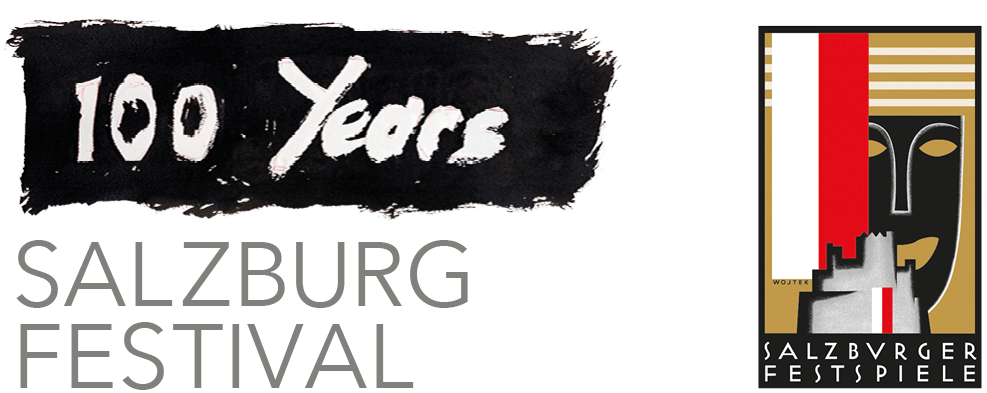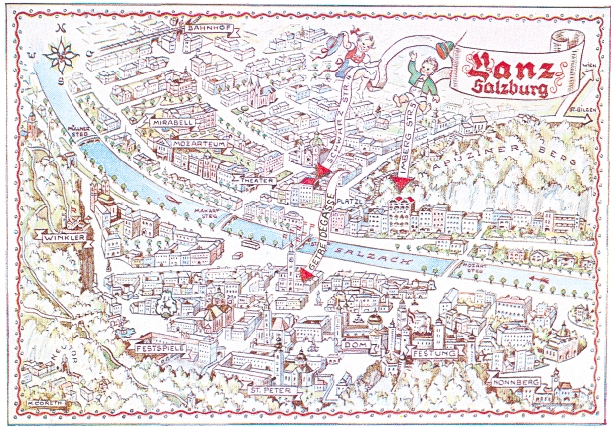26 JULY 2020 TO 31 OCTOBER 2021
NEUE RESIDENZ
MOZARTPLATZ 1
5010 SALZBURG
OPENING HOURS
Tue–Su 9–17
Contact:
secretariat
Gerlinde Kontschieder
+43-662-62 08 08-703
office@salzburgmuseum.at
guided tours
Sandra Kobel
+43-662-62 08 08-722 and 723
kunstvermittlung@salzburgmuseum.at
Head of Press & Marketing
Natalie Fuchs
Salzburg Museum
+43 662 620808-777
natalie.fuchs@salzburgmuseum.at
with friendly support Trachten Lanz
Don Giovanni buys a pair of lederhose
Neue Residenz – First floor
Goldegger Stube of 1606 (historically authentic farmer’s parlour), models of ‘Tracht’ (traditional dress), diverse accessories, historical photographs and film footage, newspapers and magazines
A historical Stube (farmer’s parlour) provides the setting for the craze for ‘Tracht’ during the early Festival seasons.
The success of the ‘Tracht’ vogue was associated with the first heyday of the Salzburg Festival in the early 1930s. With great delight, Festival stars and guests sported dirndls, traditional jackets (Joppen), ‘Tracht’ suits and lederhose. Traditional dress became the expression of a special lifestyle. People enjoyed the feeling of a summer break in the country, the unique cityscape of Salzburg and its environs, and the experience of the artistic performances. ‘Tracht’ corresponded, on the one hand, to the agenda of the
Festival founders of combining the theatrical element with what is ‘typical of Salzburg’, and also, on the other, to the ambition of Austro-fascism to promote the image of a conservative Austria and society. This scenario of Salzburg as secret capital of the country and as a rural escape tinged with associations of the Golden Age manifests yet again the tense relationship between Salzburg and Vienna, between tradition and the modern age. Nor was it a coincidence that the first Nazi laws after the ‘Anschluss’ (annexation) of Austria to Nazi Germany prohibited Jewish people from wearing traditional dress.




